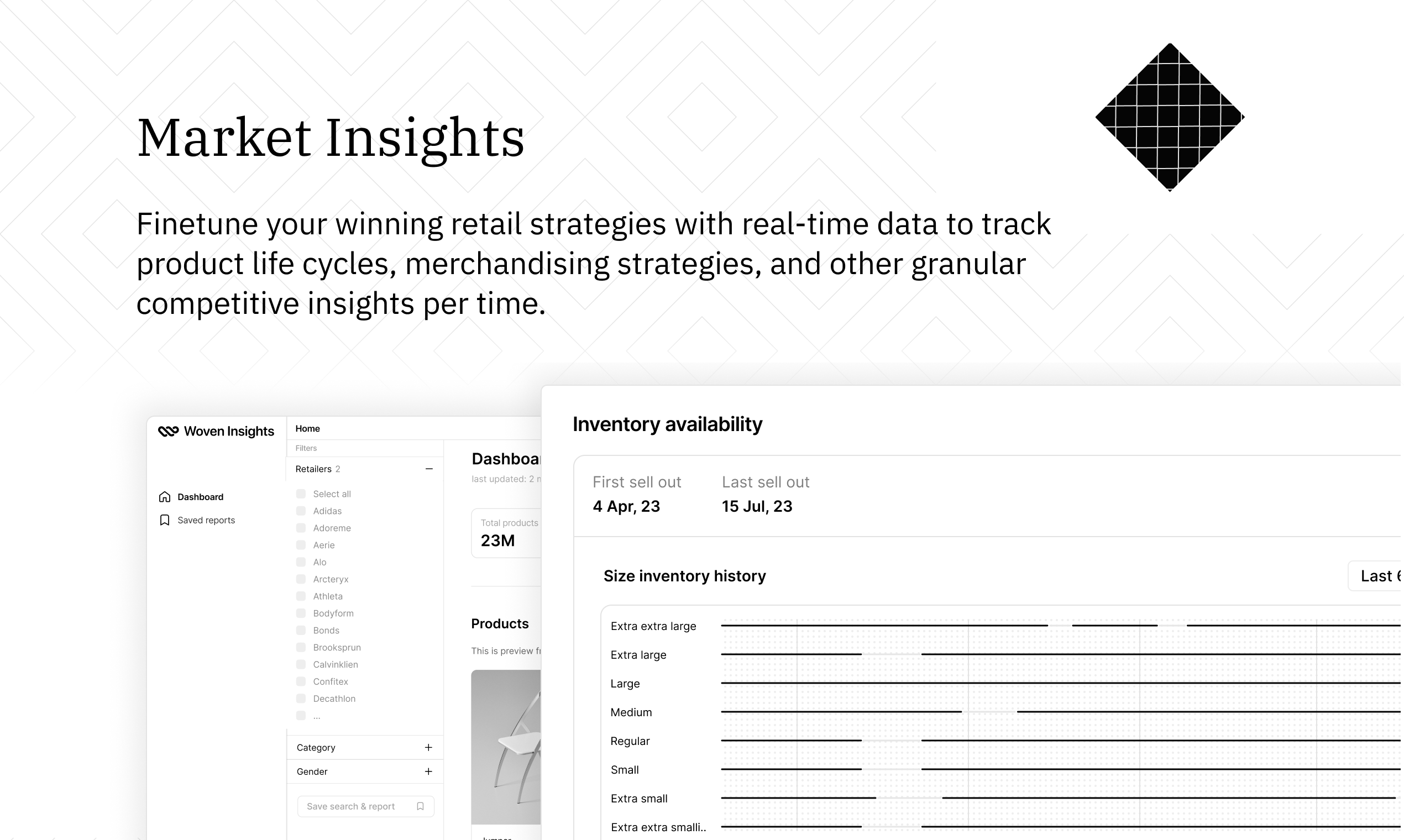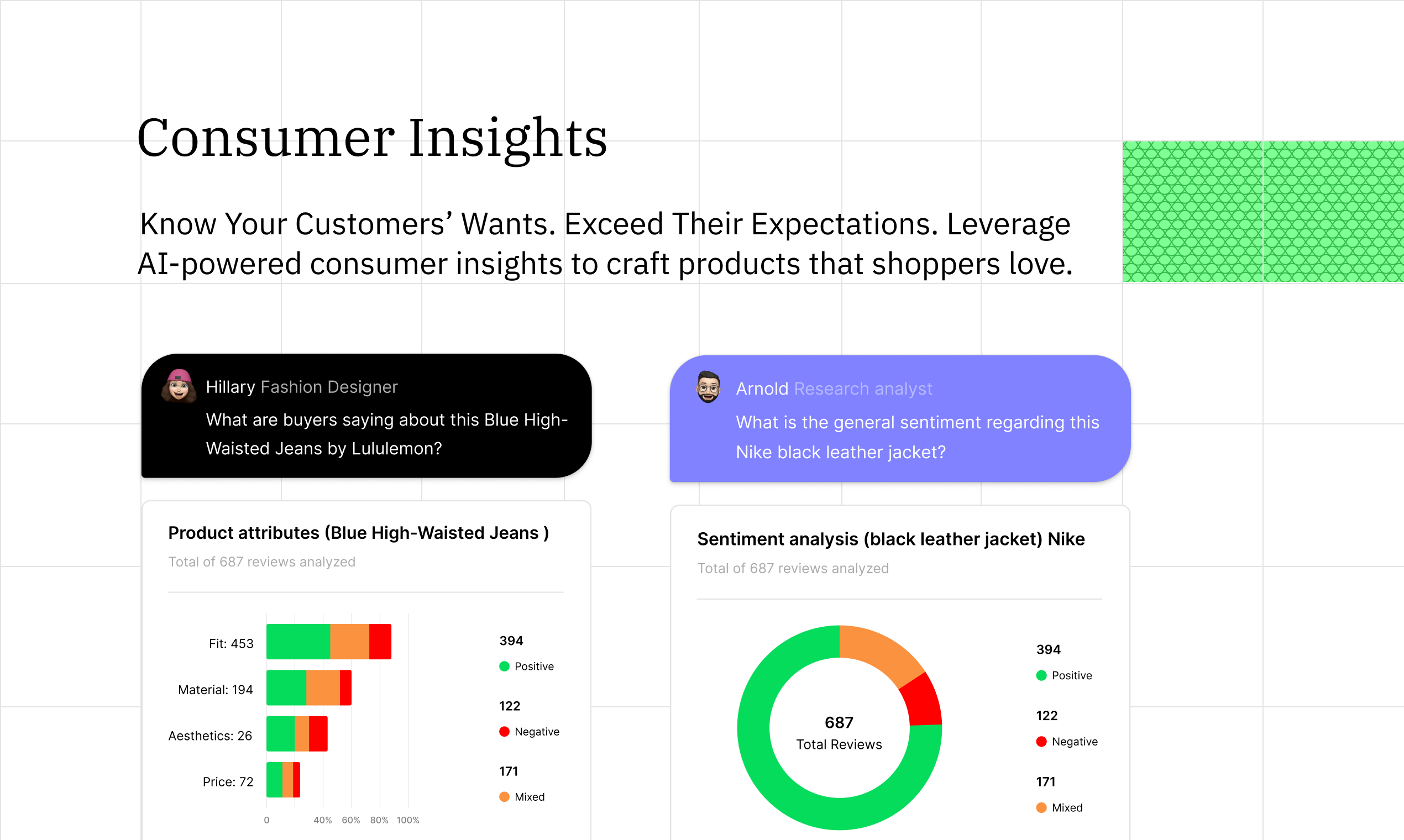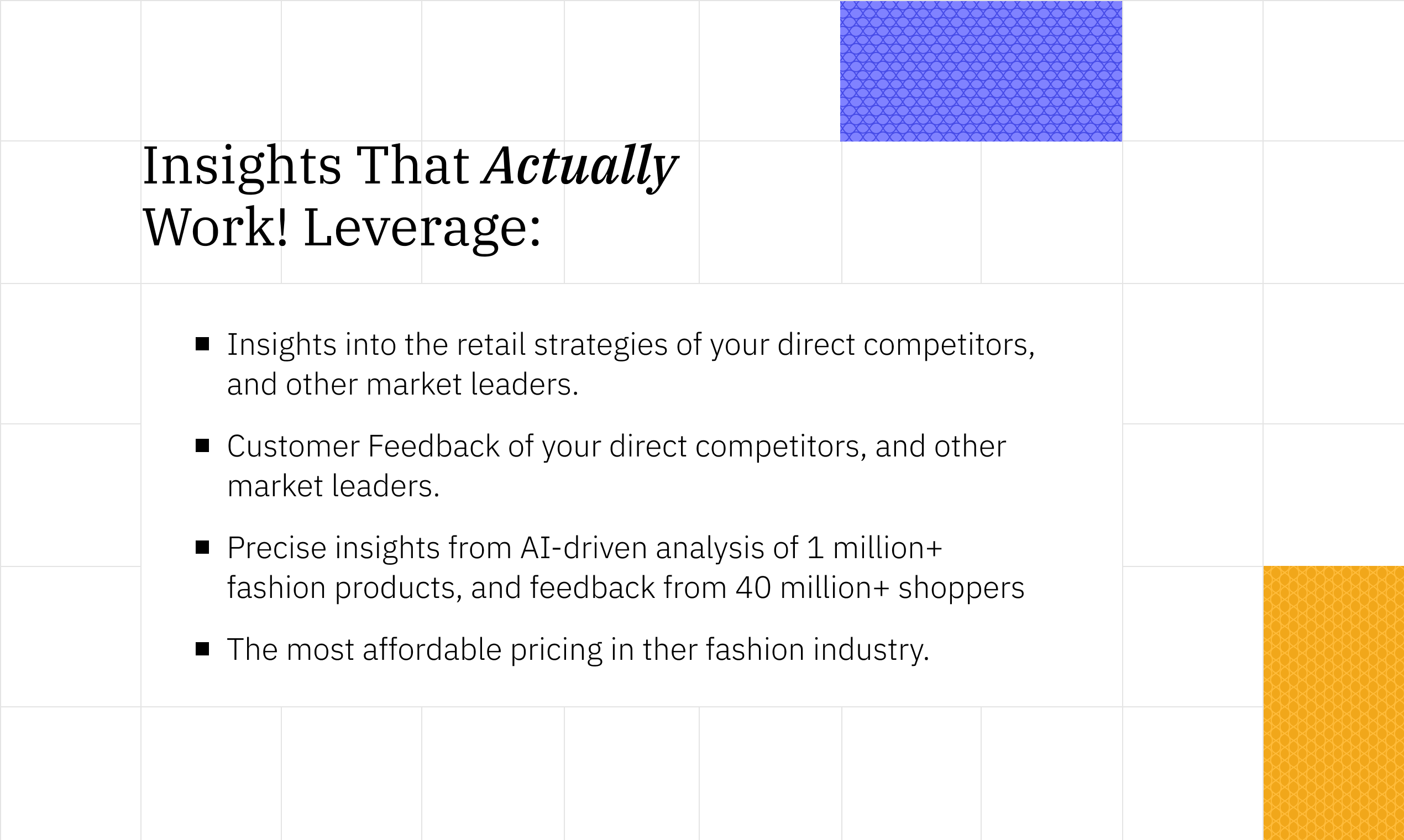Customer Feedback: The Most Effective Tool For Product Improvement
Businesses striving for excellence are increasingly recognizing that the pathway to product enhancement and innovation lies within the voices of their customers. This realization has elevated customer feedback to the forefront of strategic decision-making processes

In today's rapidly evolving business landscape, where consumer preferences and market trends undergo continuous shifts, the significance of customer feedback as an invaluable resource cannot be overstated. Businesses striving for excellence are increasingly recognizing that the pathway to product enhancement and innovation lies within the voices of their customers. This realization has elevated customer feedback to the forefront of strategic decision-making processes, making it the cornerstone for refining products and services.
In this exploration, we delve into the pivotal role of customer feedback as the most effective tool for driving product improvement, unraveling the ways in which businesses can harness this tool to not only meet but exceed customer expectations, thereby fostering sustainable growth and success.
What Is Customer Feedback and Why Is It Important?
Customer feedback refers to the insights, opinions, and comments received from your customers regarding their experience with your product or service. It is critical for effective product improvement for several reasons:
Customer Feedback Identifies Areas for Improvement
Customer feedback highlights specific issues or problems with your product that you may not have been aware of. By analyzing feedback, you can pinpoint areas of the customer experience that need improvement, such as:
- Difficulty using certain features
- Bugs or technical problems
- Desired features that are missing
- Poor customer service interactions
Customer Feedback Builds Customer Loyalty
When customers feel that their voice is heard and their feedback elicits real change, it fosters a sense of goodwill and brand loyalty. Responding to feedback and making improvements shows your customers that you value them and are committed to optimizing their experience.
Customer Feedback Validates Business Efforts
Positive customer feedback affirms that you are on the right track and the work you have put into developing, improving, and enhancing your product has been effective. While negative feedback is important for improvement, positive feedback should not be overlooked. It can motivate your team and validate the decisions and strategies that have resonated with your customers.
In summary, customer feedback provides the insights you need to make meaningful improvements to your product, build lasting relationships with your customers, and validate your efforts. Regularly monitoring, analyzing and acting on customer feedback is the most effective approach to optimizing the customer experience.
Methods to Collect Customer Feedback
One of the most effective ways to improve your product or service is to collect customer feedback. There are several methods companies employ to gather insights from their customers:
Surveys
Surveys are one of the most common methods for collecting customer feedback. Online surveys distributed via email or embedded on your website allow customers to provide feedback on their experience with your product or service. Keep surveys concise, with a mix of open-ended and close-ended questions. Offer an incentive like a coupon or gift card to increase response rates.
Focus Groups
Focus groups involve bringing together a group of 8-12 customers to discuss your product or service in a moderated session. A skilled moderator can uncover valuable insights through an open conversation. While focus groups provide in-depth feedback, they tend to be more time-consuming and expensive compared to other methods.
Interviews
One-on-one customer interviews are an excellent way to gain detailed feedback. Phone or in-person interviews allow you to have an open-ended discussion with customers about their experiences, needs, and desires. Interviews provide a personal connection with customers but can be difficult to scale.
Social Media Monitoring
Monitoring social media platforms like Twitter and Facebook allows you to see what customers are saying about your brand in their own words. Look for recurring themes in customer comments, questions, complaints, and reviews. Social media monitoring is a passive method for collecting feedback but the data may be less structured and harder to analyze compared to other techniques.
Using a combination of these methods will provide a well-rounded view of your customers' experiences and needs. Collecting and analyzing customer feedback is key to building a successful product and brand.
Analyzing and Interpreting Customer Feedback
Analyzing and interpreting customer feedback is crucial for improving your product and customer experience. Carefully reviewing and assessing customer comments, reviews, surveys, and other feedback will provide valuable insights into your customers’ needs, desires, and pain points.
To effectively analyze customer feedback:
- Review all feedback thoroughly: Read through comments, reviews, and survey responses multiple times to identify key themes, both positive and negative. Look for trends in the feedback to determine areas that are consistently praised or criticized.
- Group similar feedback together: Categorize comments and reviews by topic or theme to get a broad sense of customers’ main likes, dislikes, suggestions or complaints. This will make the feedback easier to analyze and address. Review Analysis solutions like Pinsight leverage Natural Language Processing and Artificial Intelligence technologies in identifying relevant themes within numerous customer reviews, and groups them to enable easy access and reporting.
- Evaluate the frequency and severity of issues: Determine how often an issue is mentioned and how significant the problem seems to customers. Frequent or serious complaints should be prioritized.
- Consider the sources: Weigh feedback from loyal or long-standing customers, those with relevant experience or subject-matter expertise more heavily. First-time or anonymous reviewers may require more scrutiny.
- Look for specifics and concrete examples: Non-specific comments like “great product” or “terrible service” are less helpful. Search for feedback that provides details, examples or stories to better understand the root cause of customers’ reactions.
- Discuss findings with your team: Share the themes, insights and conclusions from your analysis with colleagues, managers and frontline staff. Work together to interpret the implications and determine appropriate actions and responses.
- Act on the results: Put feedback into action by making improvements to your product, updating policies or procedures, better training staff or enhancing customer communication. Let your customers know how their feedback is driving change. This closes the feedback loop and leads to an improved customer experience.
- Communicate with Customers: Let your customers know how their feedback is driving real changes and improvements. Be transparent about action plans and timelines for rolling out updates. Thank them for their valuable input and participation in helping to shape the product or service. This fosters a sense of community and loyalty in your customer base.
Following these steps and truly listening to your customers will result in a product that is finely tuned to their needs and desires. Customer feedback is the most useful tool a company has to build something people genuinely want and will continue using for the long run.
Real-World Examples of Customer Feedback Driving Product Improvements
Customer feedback provides valuable insights that can drive real product improvements. Here are a few examples of companies that have listened to customer feedback and made changes that benefited both their business and their users.
Tesla
Tesla closely monitors customer feedback on their vehicles and software. Based on requests from customers, Tesla has added several new features to their autopilot system, including automatic emergency braking, blind spot monitoring, and navigation on autopilot. Tesla credits customer feedback for helping to identify opportunities to improve their self-driving technology.
Netflix
Netflix frequently surveys customers and analyzes data on how people are using the service. They found that customers wanted the ability to download shows and movies to watch offline. In response, Netflix introduced the ability for users to download select content to enjoy when WiFi isn’t available. This feature has proven hugely popular and helpful for customers.
Starbucks
Starbucks listens to customers through surveys, focus groups, and social media. They found that many customers wanted non-dairy milk options in addition to cow’s milk. As a result, Starbucks introduced almond milk, soy milk, and coconut milk as alternatives, then later added oat milk. Offering more non-dairy choices has helped Starbucks better serve customers with dietary restrictions or preferences.
LEGO
LEGO® Ideas allows customers to submit ideas for new LEGO sets. Other customers vote on the ideas, and the most popular ones are reviewed by LEGO. Many sets that started as customer ideas, like the Ship in a Bottle and Voltron sets, have become popular retail products. LEGO Ideas is an innovative way for the company to discover what kinds of new toys customers are most passionate about.
In summary, companies that listen to customer feedback through surveys, social media, focus groups, and other methods are able to gain valuable insights. By understanding customers’ needs, wants, and preferences in depth, companies can make improvements to products, services and experiences that will benefit both their business and their loyal users. Customer feedback should not be ignored; rather, it should be embraced as the most effective tool for driving ongoing product enhancements.
Conclusion
As a business leader, you understand the importance of product improvement to drive growth. Yet with limited resources and time constraints, determining how to improve your offerings efficiently can be challenging. The solution is simpler than you may realize: customer feedback. By listening to and acting on customer feedback, you gain valuable insights into how to optimize your products to better meet their needs.
Customer feedback is the most effective tool for product improvement because your customers are ultimately the reason your business exists. They use your products and services daily, encountering any flaws or limitations firsthand. Through surveys, interviews, reviews, and more, customers will tell you exactly what they want and outline how you can improve if you take the time to listen.
Acting on constructive customer feedback demonstrates you value your customers and are committed to continuous improvement. It builds loyalty, enhances the customer experience, and fuels business growth. While other product development methods have their place, customer feedback should be your primary driver of progress. Put your customers first, listen to what they say, and watch your products and business thrive.
About Lykdat
Lykdat is a software development company in Amsterdam, providing customer-focused AI-powered solutions, to help fashion ecommerce businesses succeed.
We recently released Woven Insights, an AI-powered fashion analytics software, empowering fashion retailers, merchandisers, research teams, and manufacturers with accessible actionable fashion insights, by leveraging Artificial Intelligence.
Gone are the days when actionable fashion analytics was accessible only to larger, more financially robust fashion businesses. We are democratizing fashion intelligence with the most affordable pricing in the industry



Join the market leaders, and gain a high-level understanding of the fashion market, by leveraging insights from more than 40 million online shoppers and 2 million+ products from more than 120 of the top global fashion brands.
